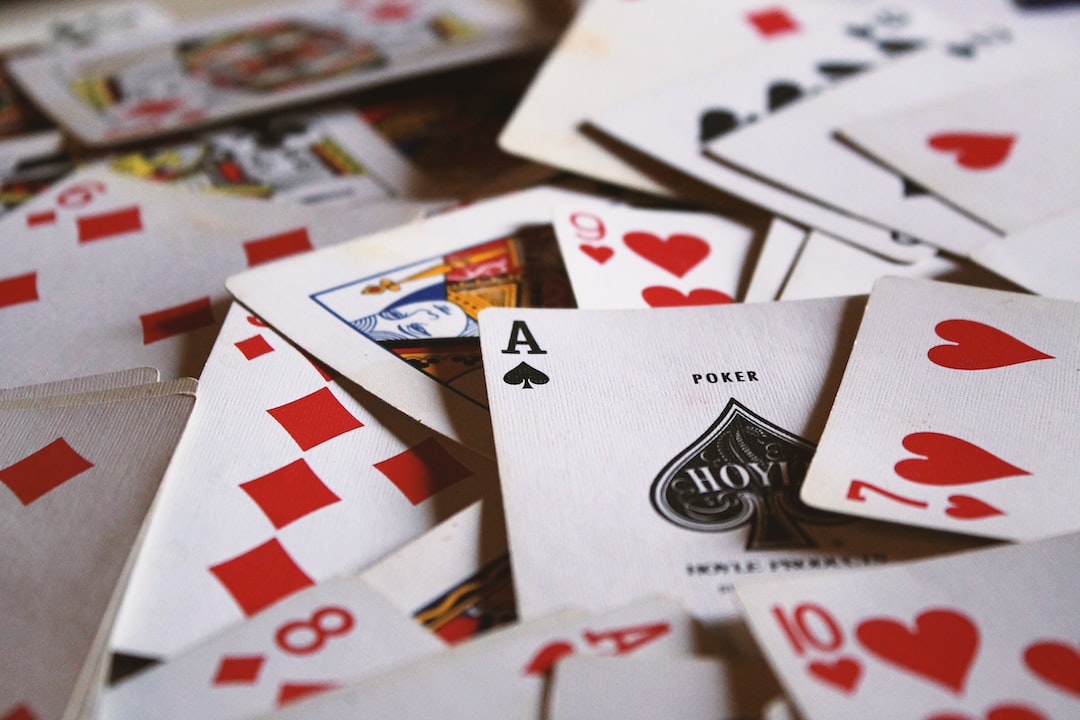Camping Recipe Ideas for Delicious and Easy Outdoor Meals
Camping is a wonderful way to disconnect from the hectic pace of everyday life and reconnect with nature. It’s a time to relax, breathe in the fresh air, and enjoy the beauty of the great outdoors. And what better way to enhance your camping experience than with delicious and easy outdoor meals? Here are some camping recipe ideas that will make your taste buds sing and keep your camping crew satisfied.
1. Campfire Breakfast Burritos:
Start your day off right with a hearty campfire breakfast burrito. Cook up some scrambled eggs, seasoned sausage or bacon, and your favorite veggies in a cast-iron skillet over the fire. Wrap it all up in a tortilla, add some cheese and salsa, and you’ve got a filling and delicious breakfast that will keep you fueled throughout the day.
2. Foil Packet Dinners:
Foil packet dinners are the epitome of convenience when it comes to camping meals. You can create endless possibilities by simply wrapping your choice of meat, veggies, and seasonings in aluminum foil and cooking it over the campfire. From lemon garlic salmon to sausage and potato packets, this cooking method ensures juicy and flavorful meals with minimal cleanup.
3. Grilled Kabobs:
Kabobs are a classic camping staple, allowing you to combine your favorite meats, veggies, and fruits on a skewer and cook them over an open flame. Whether you prefer chicken, shrimp, or beef, with a colorful assortment of bell peppers, onions, and pineapple, grilled kabobs are a fun and tasty option for any camping trip.
4. Campfire Nachos:
Who doesn’t love a plate of cheesy, crunchy nachos? With a few simple ingredients and some aluminum foil, you can create a delectable campfire version of this beloved snack. Layer tortilla chips, shredded cheese, black beans, corn, and jalapenos in a foil-covered cast-iron skillet and cook it over the fire until the cheese is melted and gooey. Top it off with guacamole, sour cream, and your favorite salsa for an irresistible campfire treat.
5. Campfire Pizza:
Yes, you read that right – you can make pizza while camping! Start with pre-made pizza dough or crust, add your favorite sauce, cheese, and toppings, and cook it on a grill grate over the fire. The result is a piping hot, delicious pizza that will rival your favorite pizzeria. Top it with fresh basil or arugula for an extra burst of flavor.
6. Dutch Oven Desserts:
No camping trip is complete without a sweet treat. Dutch ovens are perfect for creating mouthwatering desserts in the great outdoors. From gooey cinnamon rolls to warm apple crumble, the options are endless. The cast-iron Dutch oven evenly distributes heat, ensuring a perfectly cooked dessert every time.
7. S’mores, of course!
Lastly, we can’t forget the quintessential camping dessert – s’mores. Roast marshmallows over the fire until golden and gooey, sandwich them between graham crackers with a square of chocolate, and indulge in this classic campfire treat that will satisfy everyone’s sweet tooth.
These camping recipe ideas will not only fuel your outdoor adventures but also create cherished memories around the campfire. So, pack your camping stove and cooking utensils, and get ready to experience the joys of cooking and dining in the great outdoors. Happy camping and bon appétit!











